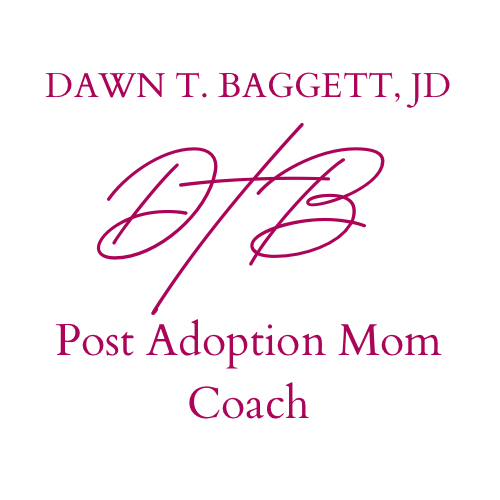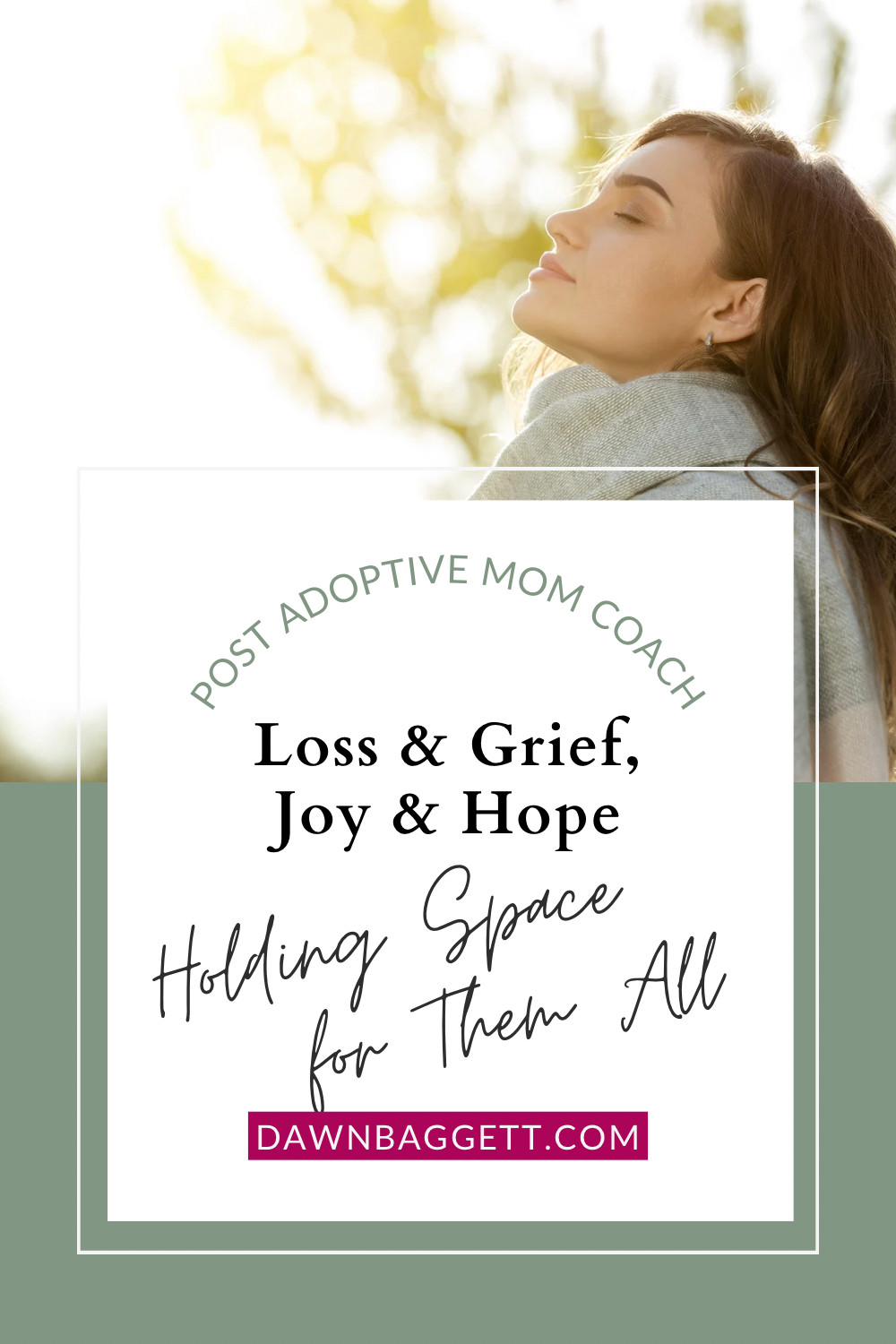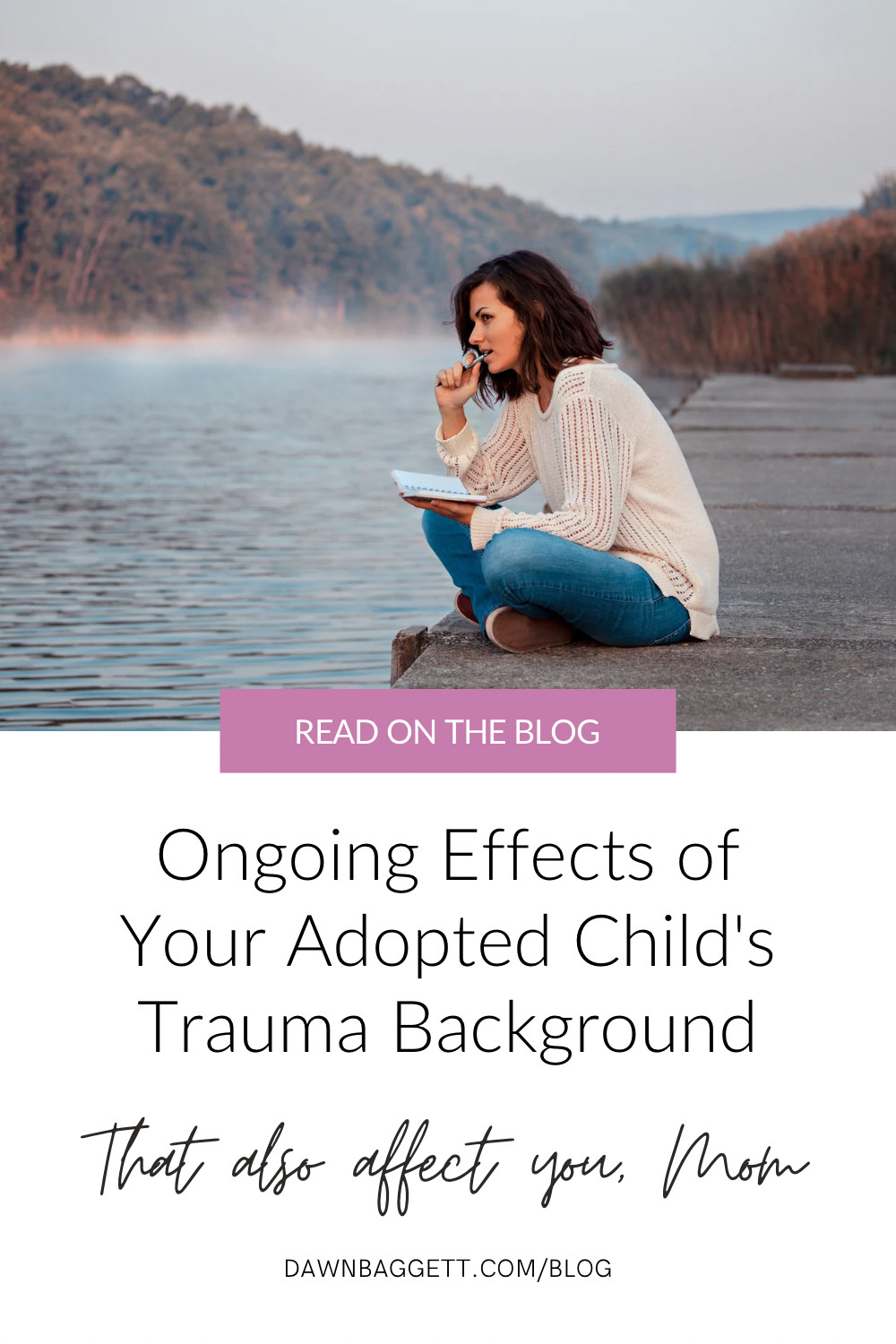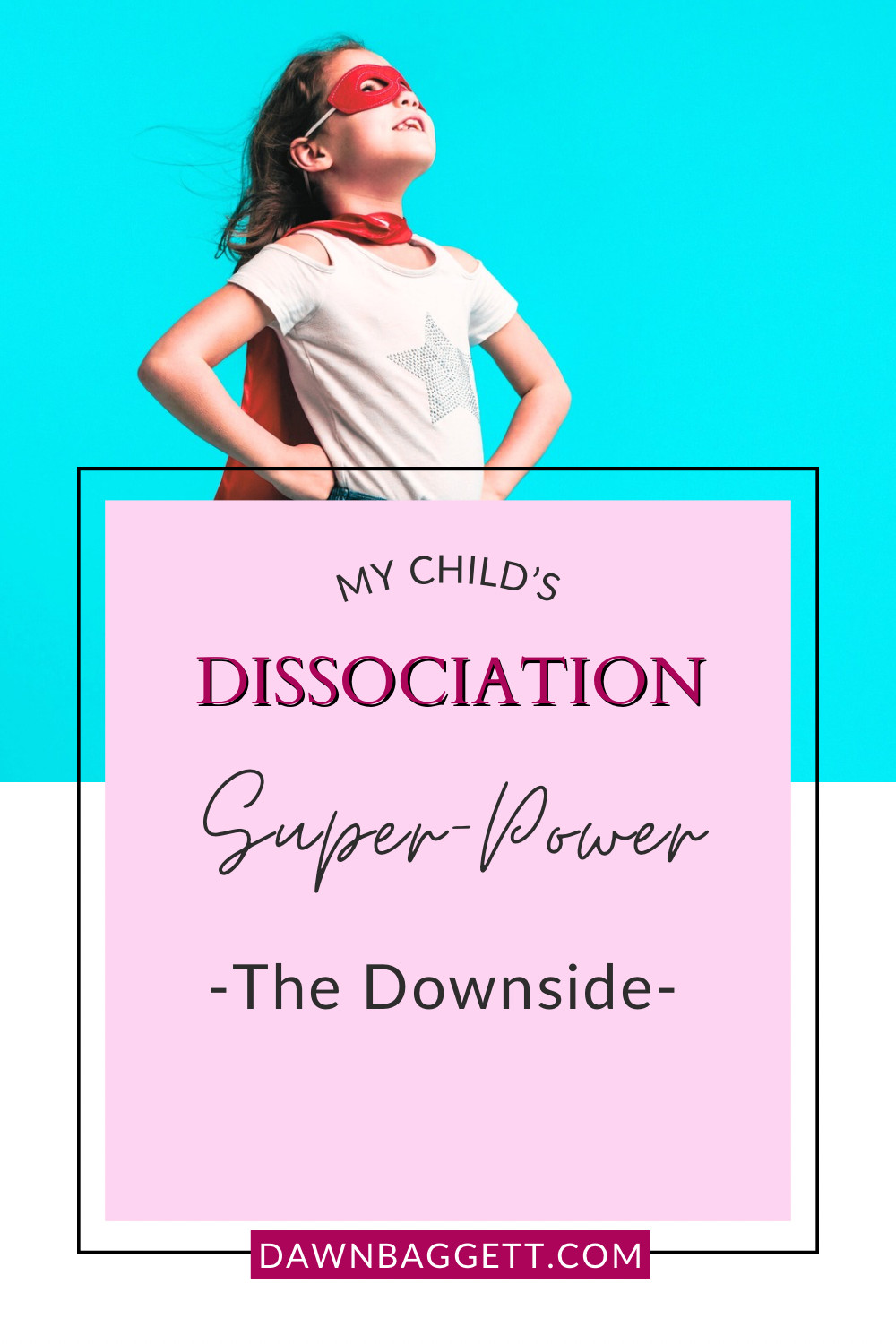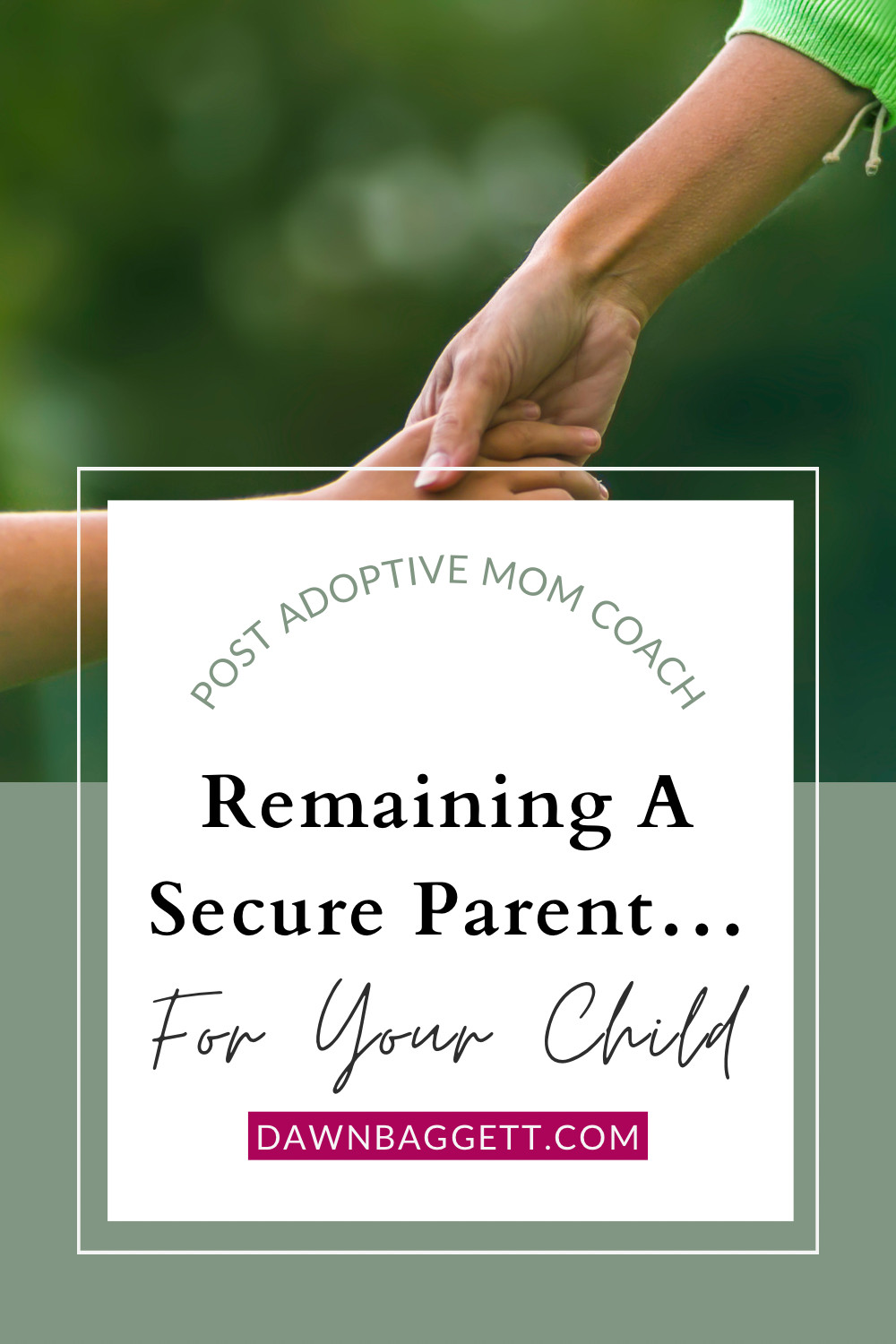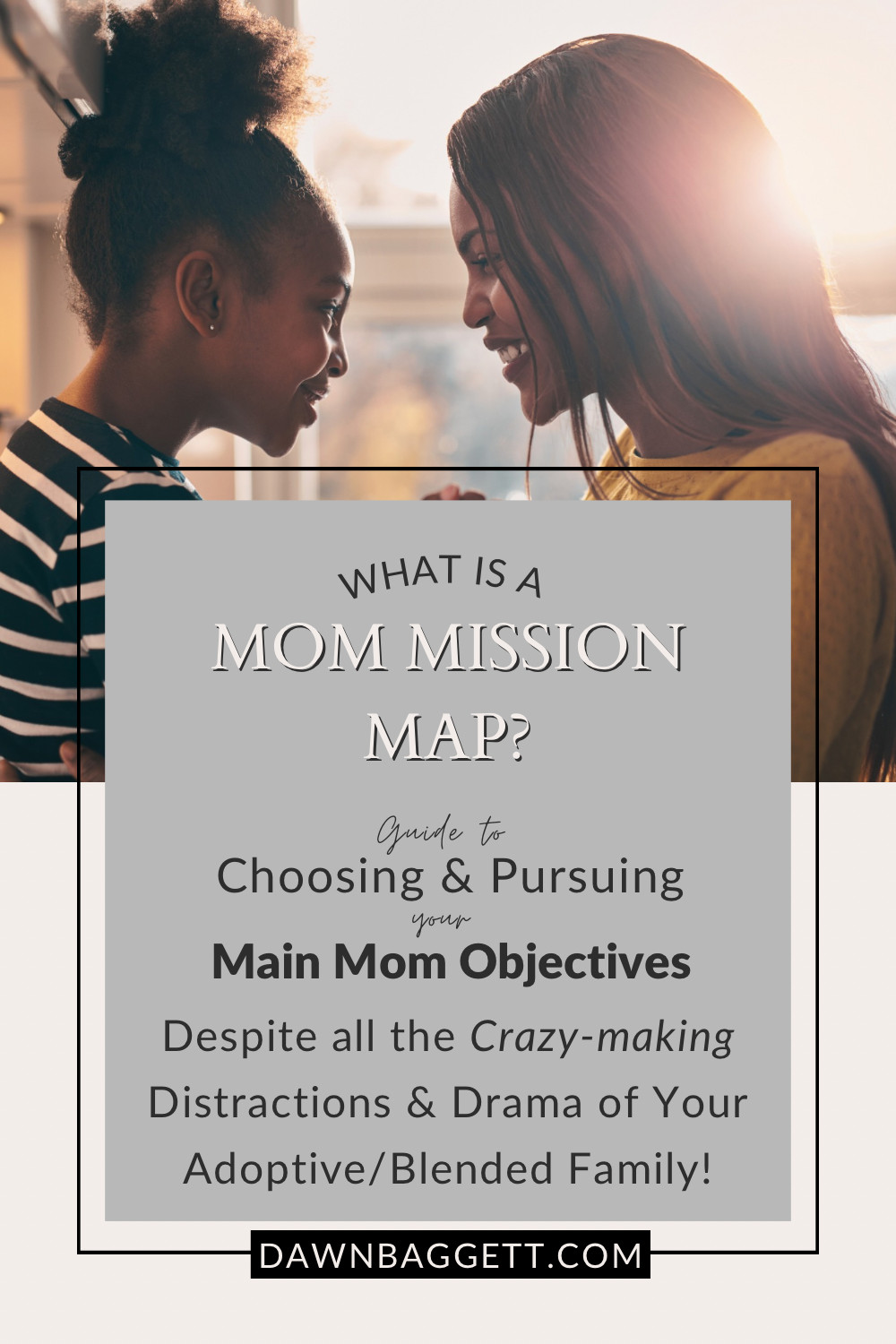
Did you know that early childhood trauma often leads to a pervasive sense of helplessness in children?
This in turn can cause them to overcompensate with age-inappropriate independence and rigid control strategies.
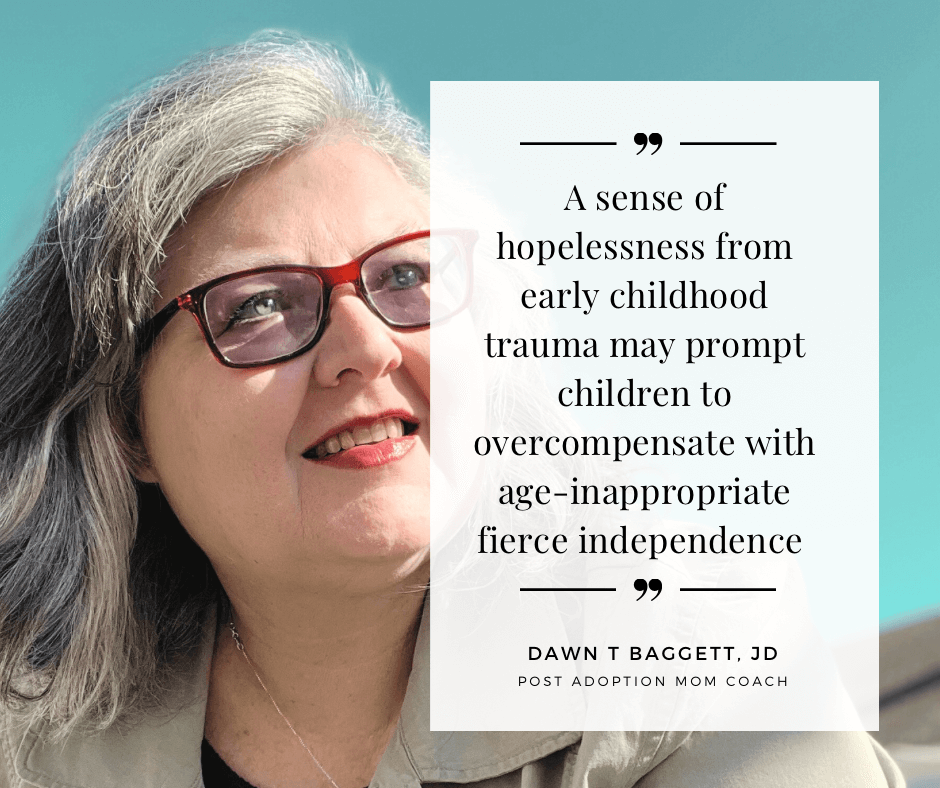
If you're noticing these behaviors in your child, know that you are not alone, and together, we can find paths toward healing and connection.
Overcompensation for Feelings of Helplessness
Let's start by unpacking this concept. When children experience serious trauma early in their lives, it can shape their perceptions and responses to the world around them. Trauma can instill a deep sense of helplessness. As their experiences continue to feel unpredictable and uncontrollable, this feeds into that sense of helplessness.
To cope, some children develop strategies that may seem very independent for their age but are actually rooted in a need to regain some semblance of control, or rather to fight against the sinking, dreadful feelings of helplessness and vulnerability. (Others might respond in the other direction and feel resolved to the idea that nothing they do will make much difference...but that’s another topic for another day.)
For instance, an 8-year-old who insists on doing everything themselves—packing their lunch, organizing their room, or even making significant decisions by themselves—isn't simply demonstrating budding independence. Instead, they're trying to feel in control in a world that has felt utterly out of their control for them and their developing perceptions of how the world works.
So how do we, as adoptive moms, support them in this journey?
5 Ways to Successfully Support Your Child Without Giving Them Too Much Control
Trauma Tip of the Day: Be a Safe and Steady Anchor.
Here’s what that can look like:
1. Create Predictable Routines:
Establish daily routines to provide stability and predictability. You know this already. Knowing what to expect helps reduce anxiety and builds trust. Right. However, this isn’t to say that there shouldn’t be any flexibility. Routines are tools that should always work for you & not against you. My advice: Build flexible routines but don’t let them become a self-imposed prison.
2. Offer Choices with Limits:
Empower your child by giving them choices where possible, but keep these choices within a safe boundary.
For example, with a very young child you might ask "Would you like to wear the red shirt or the blue shirt today?" while keeping their clothes options limited so as not to overwhelm them and trigger a mountain of clean clothes to rewash after being thrown all over the room in a tantrum. This acknowledges their need for some control while ensuring they feel secure.
For an older child: “You can invite your friend over or I’ll drive you to meet up at the park while I stay nearby, but I won’t take you to hang out with them unsupervised. Your boundary, spoken or unspoken, is about what you will or will not do.
3. Engage in Shared Activities:
Build connection through simple, shared activities. Cooking together, art projects, or even simple play can create moments of connection and security. I find this more difficult as my children have gotten to be older teens & now young adults. Something as simple as walking dogs together can drive connection.
4. Communicate Openly:
Encourage them to express their feelings and assure them that their emotions are valid. Let them know it's okay to feel unsure, and you're there to support them. Communication should be respectful too, so remember that boundaries are still important here.
5. Model Calmness and Resilience:
Children often mirror the emotional states of the adults around them. By practicing calmness and resilience, you provide a model for them to emulate. Again, this can be more challenging than it sounds! They may not show any evidence that what you’ve modeled has had an effect but don’t give up hope that it will in the long term.
Each of these can be more challenging than we expected. Which ones of these 5 points are most challenging for you & why? I encourage you to go back and prayerfully journal through them.
Properly Placed Power
As we wrap up today's trauma tip, remember that your presence and patience are incredibly powerful. By providing a safe and consistent environment, and being an emotionally safe person for them, you're helping your child heal and build a healthier sense of independence.
This journey is not about perfection; it's about progress and connection. If you’ve lost that connection or it’s been damaged…I understand from my own experience how hard it is. It’s important to recognize that while God can and does use us moms to help our children recover from their past traumas it’s still GOD, not us. He is the ultimate source of their healing and recovery. There are limits to what we can do. Our job is to be faithful to the part he gives us and leave the rest up to him.
Aren’t you thankful that it’s NOT all up to you? If you'd like to dive deeper into this topic or share your experiences, feel free to reach out to me directly. I’d love to hear from you!
And as always,
KEEP LEARNING - KEEP GROWING - KEEP LOVING
💜🩷♥️
Dawn
______________________________________________________

Post Adoption (Mom) Coach
“STANDING IN THE GAP FOR 2ND MOMS”
Dawn Baggett is a podcaster and thought leader in Christian post adoption. As a Certified LifeMapping(R) Coach, Dawn helps Christian adoptive moms navigate the challenges of their non-traditional families with their own brand of success!
DISCLAIMER: I’m a coach, not a doctor nor a therapist. As a coach I do not offer mental or medical health diagnosis, treatment or cures. Furthermore, I am no longer a practicing attorney and do not offer individual legal advice. For individual advice related to your own personal situation I recommend you seek out an appropriate professional. Coaching may fill a spot in your overall support network.
—
Copyright © 2024 Dawn T. Baggett, JD & Legacy Living, LLC - All rights reserved
—
